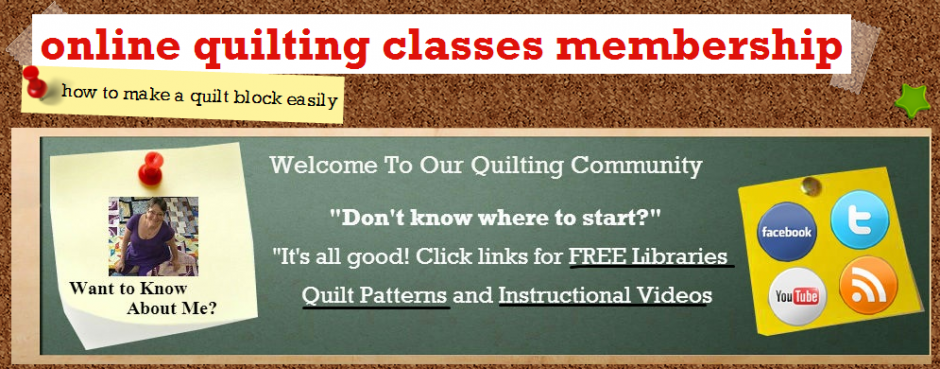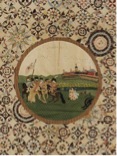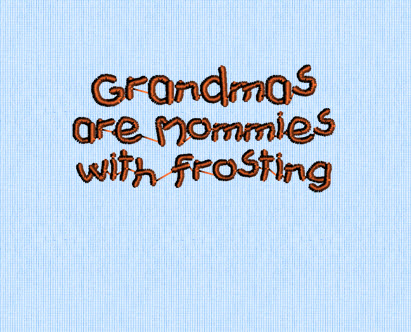From – April 20, 2010
Quilt making today is chocked full of opportunities to utilize many, many technologies or none at all. One of the things that I look for inquilting classes is the chance to learn more of those technological and design opportunities. Julia Kollewe writes a review of the Victoria & Albert Museum’s Quilts exhibition’s Quilts 1700-2010 in London. The article is an interesting assessment of the pieces on exhibit. I was particularly taken by the descriptions of the early pieces. You can read the entire article at:
http://www.t5m.com/julia-kollewe/art-review-the-vas-quilts-show-has-got-it-all-sewn-up.html?fmt=news
Where I think that she misses the point of some of our art is in her analysis of the more modern pieces and I think that her evaluation falls short in two areas. She seems to be making judgments based on a very limited number of pieces (65 quilts). Near the end of her article, Julia opines that –
“It is clear, though, that we no longer have the abundance of time needed to make a minutely stitched and intricate quilt. The contemporary quilts on show are nearly all machine-stitched or made up of large pieces of cloth sewn together.”
The truth that we quilters know is that there is a growing resurgence in the use of intricate hand work, but that does not define our art. As technology advances so does our ability to express ourselves. That the author of this particular exhibit chose modern examples that fit this particular description says nothing about the quilting world as a whole.
I was disparaging of machine embroidery until I purchased an embroidery machine. I now have the ability to make determinations about which techniques to use in which projects. I also have the ability to produce more because the technology allows a faster production. Do I still hand embroider? Absolutely, and sometimes it is even more time efficient but, my uses of each method are determined by the project.
When doing appliqué, will you use hand stitching or Steam-A-Seam prices together and run a machine (or not) over the edges with a nice decorative stitch? Will you hand sew the binding or machine stitch it? Did my quilt pattern design come from a program or is it drawn out on graph paper? Is your quilting hand stitched, machine quilted with you directing the needle or computer assisted? All are viable options and none produce a less valuable expression on the part of the artist.
Technology should be used as an option in a quilter’s tool box. Just as in my decision to use this fabric over that fabric, I will evaluate the materials and technologies I will use for each of my creations depending on the design, recipient and use of the quilt involved. That our fore-mothers had only a needle and thread available to them is no more relevant than that they may have had only a stream and rocks or a tub of cold water to wash those quilts in. Today we have other options and in subsequent generations they will have even more. It is not necessarily that I don’t have the time to do intricate stitching. If the project demands that type of construction, I sit and sew a “minutely stitched and intricate quilt.”
The reality is that quilters all over the world do what they do to express themselves using the technique that best allows that expression to come to fruition. I marvel at the options. I am sometimes overwhelmed by the many choices available to me. But, I am grateful that I have the technologies to pick and choose from in performing my art.
George III reviewing the troops (detail), Unknown maker, 1803–1805. Museum no. T.9-1962.
Click here to Join Us in the Online Quilting Classes Community!
Karen Dennison
Learn, Grow, Share – And most of all – Create!



